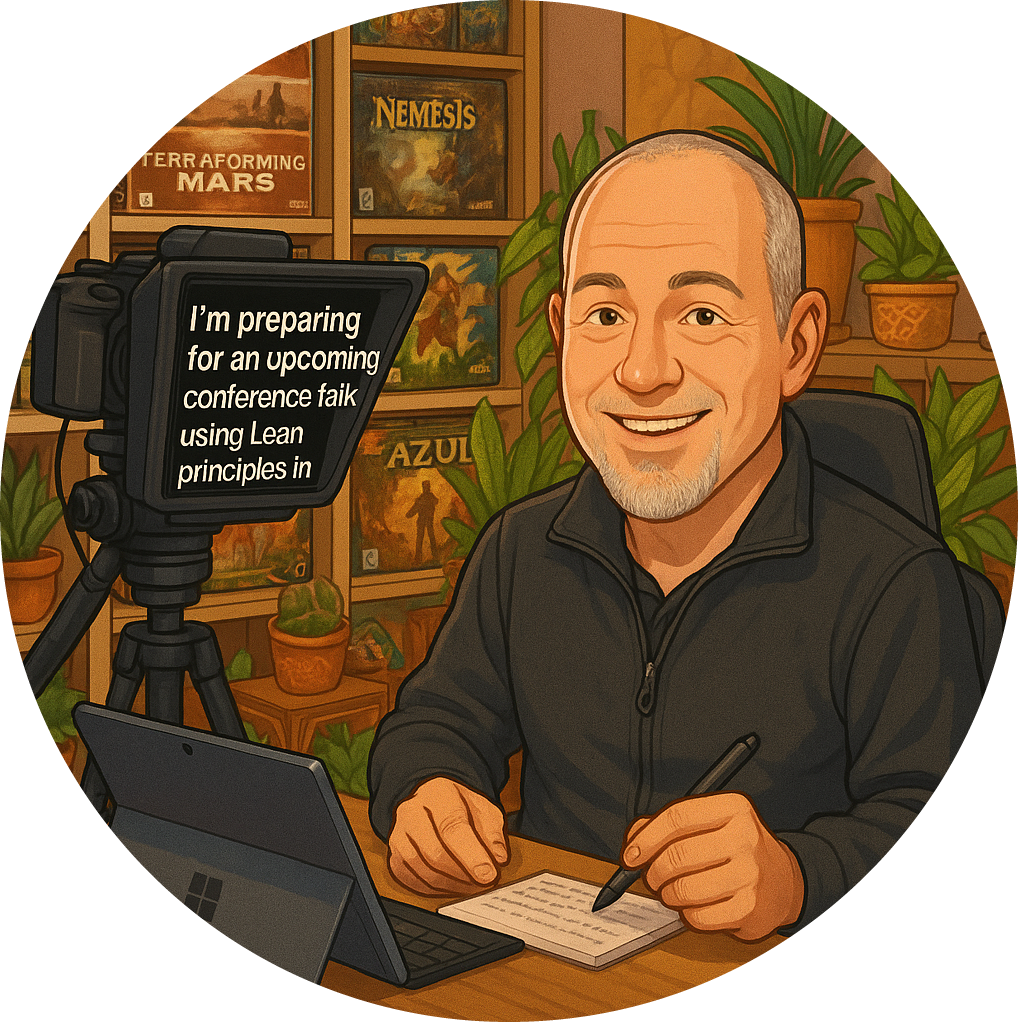Finding the Right Balance between Simplicity and Complexity 🧱
In our pursuit to find effective tools for Scrum training, we’ve pondered over various alternatives. Lego, while popular, is noticeably absent from our toolkit. This choice isn’t arbitrary; it’s a deliberate decision stemming from our commitment to creating a realistic and impactful learning experience. While Lego’s structured simplicity may seem appealing for illustrating concepts, it often falls short in conveying the dynamic and often chaotic world of Scrum.
This realisation has led us to explore other avenues that better encapsulate the essence of what we aim to teach.
Minecraft: A Paradox of Preference🎮
You might ask, if not Lego, then what?
Surprisingly, we’ve sometimes turned to the digital realms of Minecraft, and here’s why: it’s all about the nuance between simplicity and complexity.
The Complexity Conundrum: While Lego offers an oversimplified view, Minecraft adds layers that resonate better with the realities of a Scrum environment. 🔄
Purposeful Usage: We don’t use Minecraft throughout the entire class, just like Lego. Instead, it’s reserved for specific scenarios that aptly showcase a point. 🎯
Demonstrating Overwhelming Complexity: Minecraft becomes a tool to evoke a sense of being overwhelmed, mirroring how individuals feel in an office when the complexity is sky-high. 😓
How Does Minecraft Differ from Lego? 🤔
On the surface, both Lego and Minecraft might seem like playful tools. However, the distinction lies in the experience they deliver.
Layered Complexity: Minecraft, unlike Lego, doesn’t always fit together perfectly, embodying the chaotic nature of software development more accurately. 💻
Collaborative Experience: Minecraft allows for a more collaborative environment akin to what we strive to achieve with Scrum methodologies. 🤝
Striking the Right Balance ⚖️
Leveraging tools effectively means striking a balance. While Lego might trivialize, Minecraft serves to exemplify and make participants feel the pressure of complexity.
Emphasising Feelings: We use Minecraft to help participants empathize with the feelings encountered in a high-pressure environment. 💥
Illustrative, not Dominative: The tool is meant to illustrate a point, not dominate the entire learning process. 🖼️
The Tool Matters Less Than the Experience 🛠️
At the end of the day, whether it’s Lego, Minecraft, or any other tool, what matters is how effectively we can convey the complexities and intricacies of Scrum practices.





























